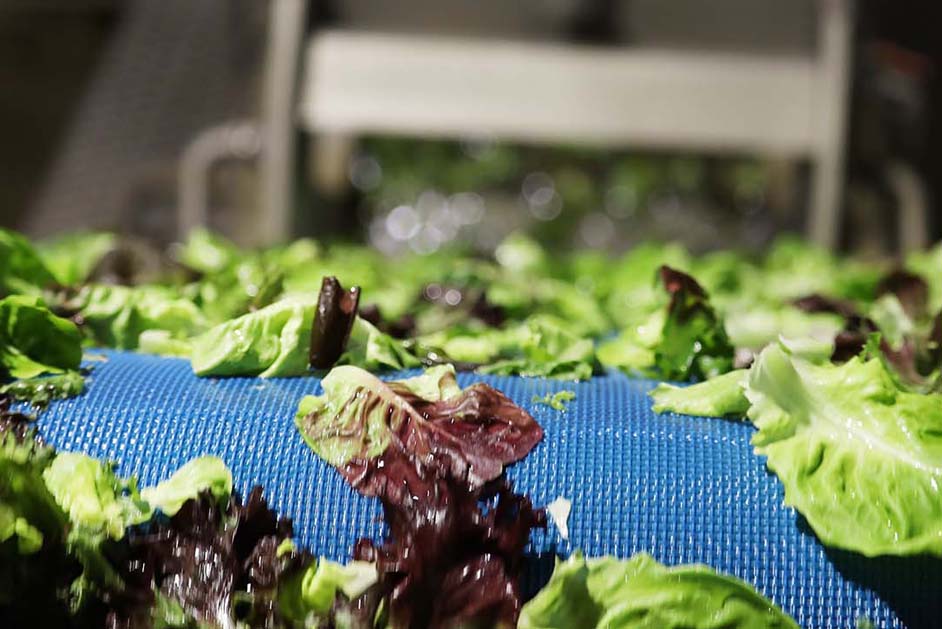It’s long been believed that produce packaging is the key offender in the global waste problem, however, it’s actually part of the solution.
Packaging has a bad reputation when it comes to the environment, and before recyclable, reusable, and sustainable packaging was introduced, that’s pretty fair. But now, it’s a major contributor to reducing the environmental impact of food wastage. And with 33% (1.3 billion tons!) of the food produced across the globe wasted, we in the food industry need to do whatever we can to help bring that number down.
An example of the food industry working together to make a positive impact is growers and retailers working together to make “misfit” produce available to consumers. Growers gather together to produce what would otherwise be wasted, and retailers packaging up the produce to make it accessible.
Right here in New Zealand, supermarkets have reported that lettuce shrinkage increased from 5% to over 40% when they started offering a naked range of iceberg. Fortunately, these stats reduced from 40% wastage to 5% once the lettuce was packaged again.
At Southern Fresh, we’ve followed a similar path. We’re committed to reducing food waste and the launch of our Unleash Your Inner Gourmet range gave us the opportunity to do just that. Originally developed as a way to handle excess foodservice stock during the lockdown, we decided to package up the excess produce and make the restaurant-quality produce available to consumers with the help of local retailers.
When designing the packaging fit for supermarket shelves, our process was carefully considered. We made environmentally conscious choices like non-toxic glue, non-toxic inks, and including a recyclable cardboard component. The decision to include a thin film around our produce also means we’ve managed to triple its shelf life, an important factor in reducing food waste.
At Southern Fresh, we’re constantly innovating and trying to perfect our approach to food sustainability, safety and wastage. Our next goal to create fully sustainable packaging in line with the UN’s 2025 sustainability target.



